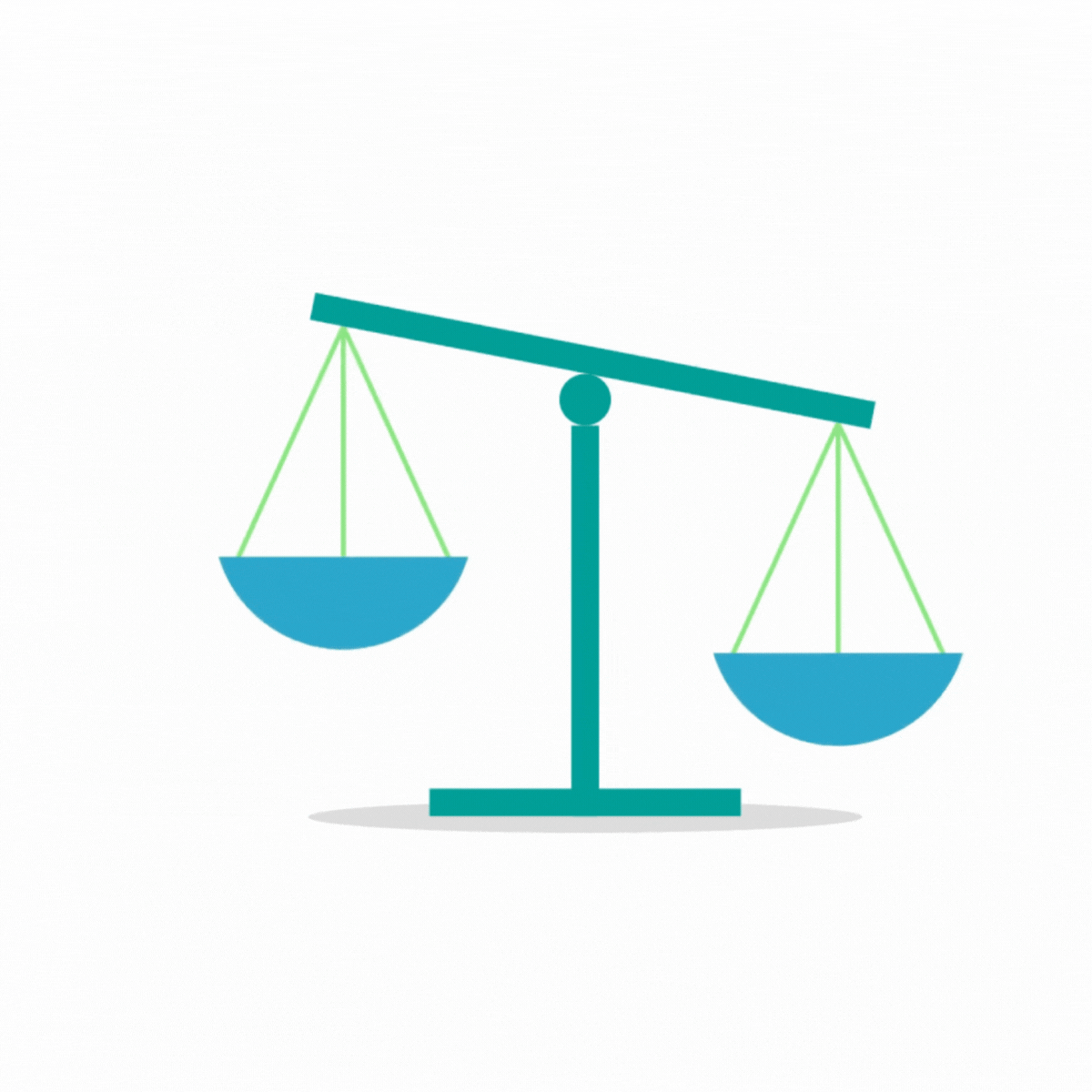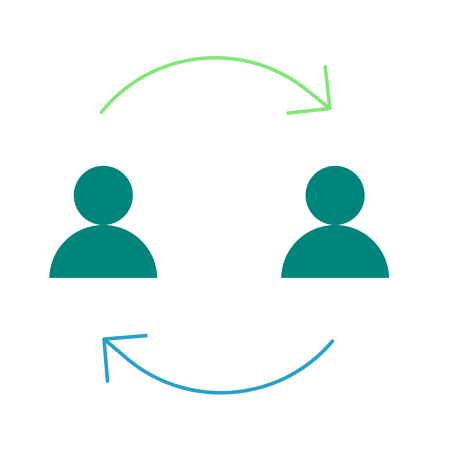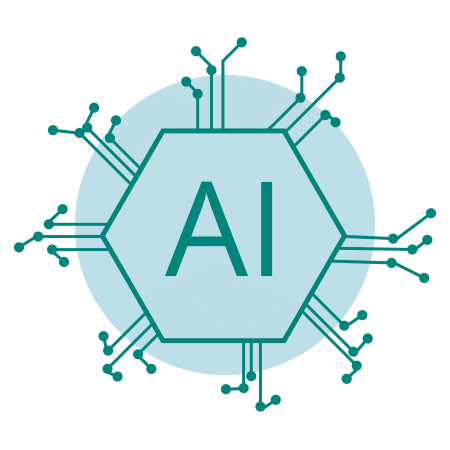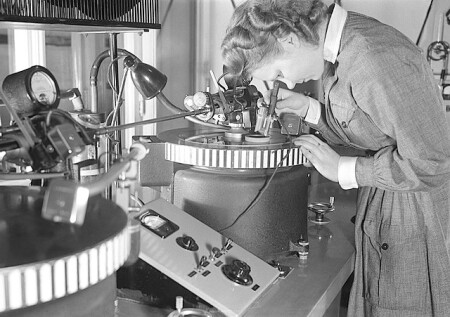Hermes: encouraging media reuse
Hermes is all about encouraging the reuse of media, and this project therefore serves as an umbrella for three initiatives aimed at boosting the discovery and reuse of media content from the (recent) past by the end of 2026. We’re putting our weight behind a rights project, a metadata project, and a pilot for exchanging archival material – and involving partners from the cultural, media, government and wider creative sectors.
Our role
In collaboration with partners from the cultural, media, government and wider creative sectors, we’re aiming to make (media) content more easily reusable for the general public, researchers and the professional creative sector.
Meemoo initiated the project and has a coordinating role. We will also be using our experience and findings from previous projects to devise and develop solutions, conduct analyses and experiments, and more, until the end of 2026. Read more about the FAME project, the GIVE metadata project and various rights projects.
Approach



In Hermes, we’re focusing on three main tracks:
Track 1: rights and public availability
To make an archive item accessible, it’s essential to maintain a clear view of its copyright status. This first track is therefore aimed at making rights information more transparent, which includes analysing existing rights metadata. Together with a working group of colleagues from the media and cultural sectors, we are developing a widely supported metadata model – based on international standards – that can be shared across sectors. This will benefit from essential visual aids and standard texts to help us make copyrights more accessible.
We will also be making a set of audiovisual material available online, and are planning to leverage our content partners’ expertise to identify collections that can be made accessible more easily – including copyright-free content or material with a simple rights status. We will make the necessary arrangements to clear rights if required. We will also be making any adjustments needed to accurately display this rights information on our access platform, hetarchief.be – including a convenient rights filter to help end-users.
Track 2: a user-friendly content-transfer platform
There is currently no overarching platform where institutions can easily exchange their audiovisual archival materials with each other and the professional field, such as journalists, documentary makers and publishers. The first step is therefore to engage in discussions with relevant target groups to understand their needs and further map out the content-transfer platform’s possibilities.
After this, we will develop basic functionalities for content transfer on our existing hetarchief.be platform, and set up a pilot project in which a group of content partners and other relevant professionals will test the initial exchange concept. We will then identify the next steps for the platform together.
Track 3: a flexible framework for AI services
To help us develop Track 3, we will be building on the experiences and processes gained from the GIVE metadata project and Shared A. We used artificial intelligence to help create additional descriptions for thousands of hours of visual and audio content in these enrichment projects – taking a first step towards improving the searchability of the archival material we preserve for our partners.
We will continue this work in Hermes:
AI-generated metadata is high in quality, but never completely error-free, which is why we want to make it possible for users to edit it.
New AI models and techniques are being developed all the time, offering new possibilities for enriching our partners’ material. We will therefore be reorganising our own current AI infrastructure so we can easily incorporate these new techniques moving forward. This technical framework will also be tested using four AI applications straight away: we will extend our internally developed software for facial recognition to also process photographic content, work with voice recognition and audio classification, and explore how we can generate summaries.
Partners
To help us with these three tracks, we are involving and consulting meemoo’s content partners from the media, cultural and government sectors, along with relevant suppliers and companies, the professional creative sector and rights holders’ representatives. The intensity of these collaborations will vary for each track.
Manager Policy, Partnership and Service Offer
Any questions about track 1 or track 2?

